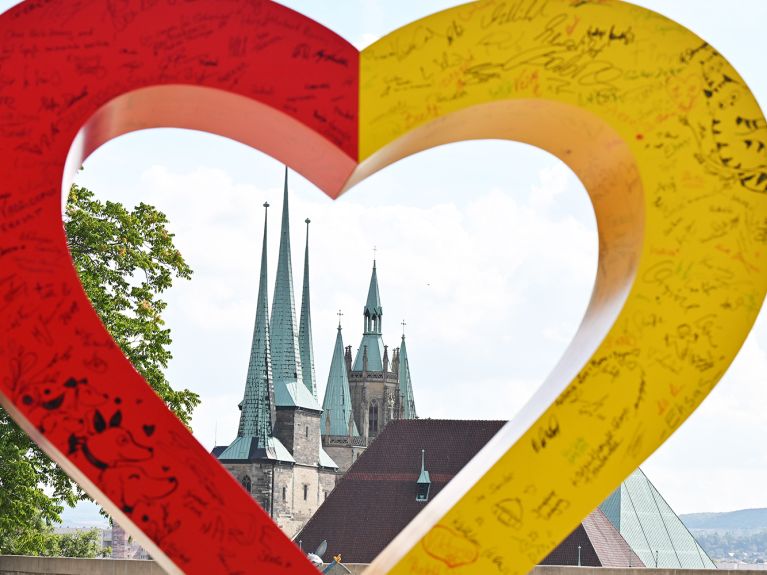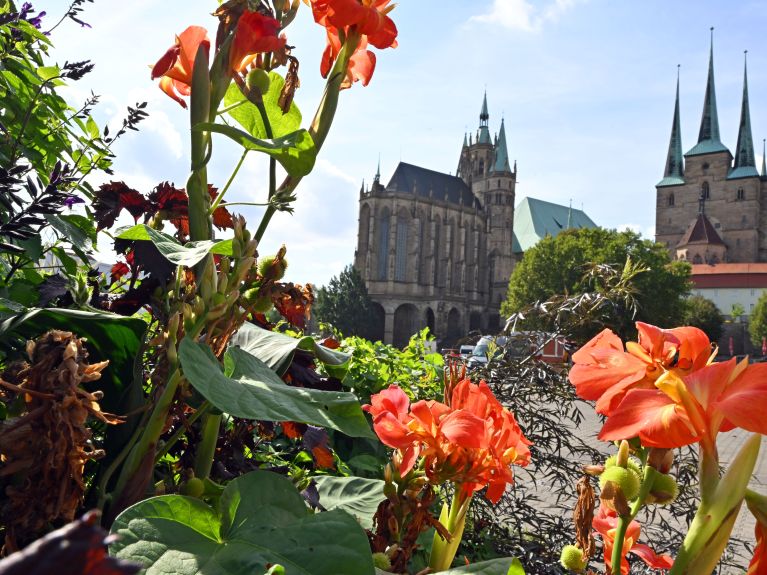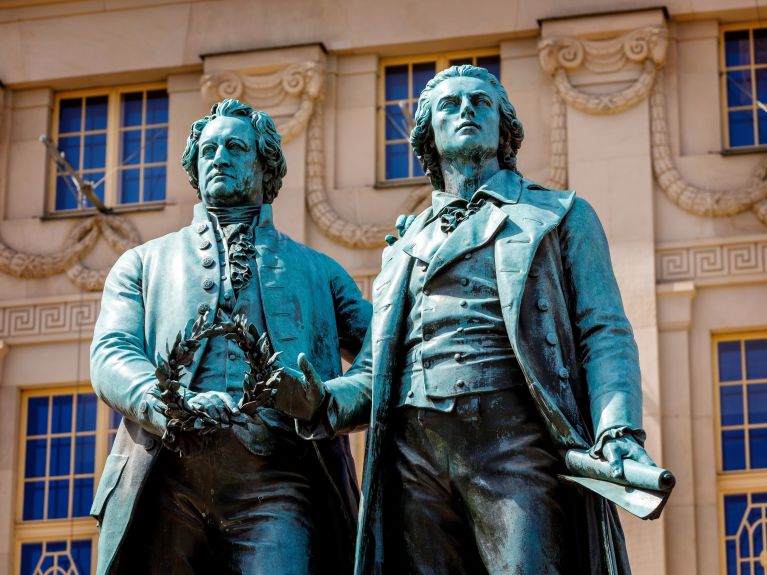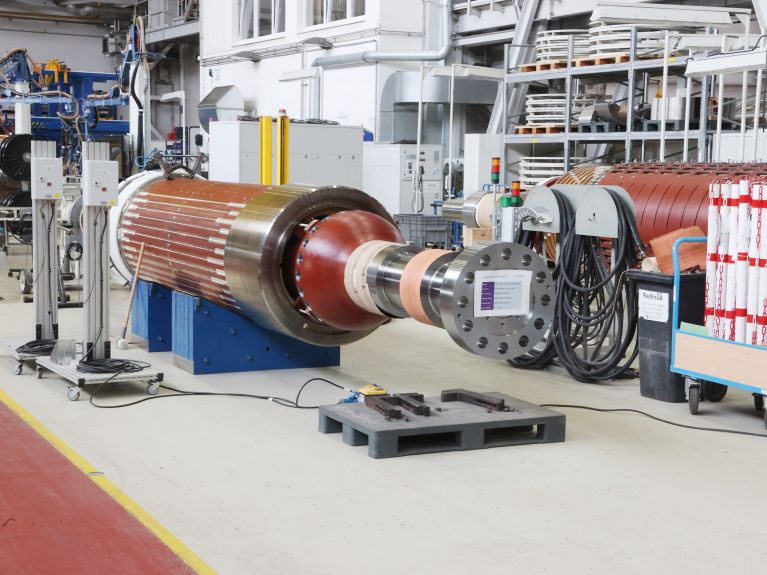Celebrating outside the capital
The main celebrations for the Day of German Unity are not held in Berlin, but in rotating cities around Germany. This year it is Erfurt’s turn. Why is that?

Federal Chancellor Olaf Scholz is coming to Erfurt with half the government and his entire leadership team. Germany’s national holiday is on 3 October. However, the festivities are not taking place in the capital city Berlin. The Day of German Unity will be celebrated in Erfurt, the state capital of Thuringia. The festivities will include a church service and official ceremony, both broadcast on television, as well as a three-day popular festival, which 120,000 visitors are expected to attend. It will be the 32nd anniversary of German reunification – “Growing together” is the motto of this year’s celebration.
Why Erfurt? Every year, a different German state, one of the 16 Länder, hosts the celebration of German reunification. It is always the state whose Minister President currently holds the chair of the Bundesrat, the chamber that represents the states and enables them to influence German national policy. This year that is the Minister President of Thuringia, Bodo Ramelow . Before reunification, the state belonged to the GDR; in other words, it was behind the Wall and not part of the free West.

Focal point of German culture
“Thuringia will use the celebration of unification to proudly show who we are,” says Ramelow. He calls Thuringia “a land that relies on a special link between culture and innovation”. In fact, several of the biggest names associated with classical German culture are linked with Thuringia. Johann Sebastian Bach, the important composer, was born here. Johann Wolfgang Goethe and Friedrich Schiller, the most famous German poets, worked in Weimar. And in the Wartburg – that model example of a medieval castle – Martin Luther translated the New Testament of the Bible into German and by doing so launched the Reformation.

However, that is all in the past. The division of Germany after 1945 affected East Germany far more harshly than the Western part of the country because of the Soviet occupation. Economically, the five East German states, the new Länder, are still not as strong as the old states in the West. Nevertheless, Erfurt’s Lord Mayor Andreas Bausewein says: “We should be proud of what we have achieved in this state during the last 32 years.” Erfurt is the best proof of this. The renovated old town with its picturesque narrow streets and luxurious squares impress many visitors. This is also where the unification festival will take place from 1 to 3 October. Artists and bands are performing on 16 stages – one for each German state. Sausages and dumplings, Thuringia’s two classic culinary delights, will be available in ample quantities.

Centre of industry and “green heart”
And what about those innovations that Ramelow mentioned? They will be presented, for example, in the state’s largest industrial zone, Erfurter Kreuz. The Fraunhofer Institute carries out research here at the Battery Innovation and Technology Center (BITC), while Siemens Energy builds state-of-the-art generators. It is also where Lufthansa maintains its engines with the aid of a high-tech test rig. CATL, the Chinese business group, is in the process of building a plant for 1.8 billion euros that will manufacture batteries for electric vehicles. Tourism also plays an important role in the state economy alongside the key areas of vehicle and mechanical engineering, optics and food production. It is not without reason that Thuringia with its abundance of forests is known as the “Green Heart of Germany”. Now, for three days, it will be at the heart of unification festivities.


